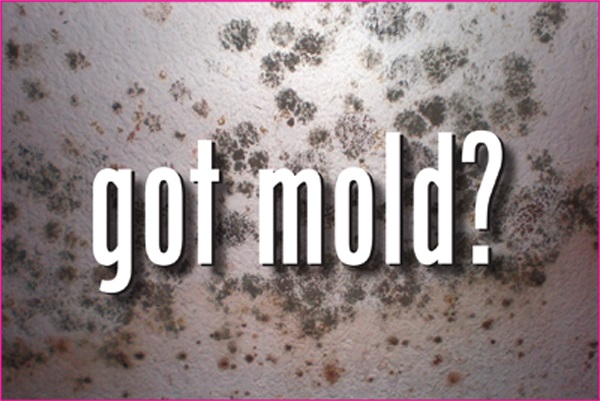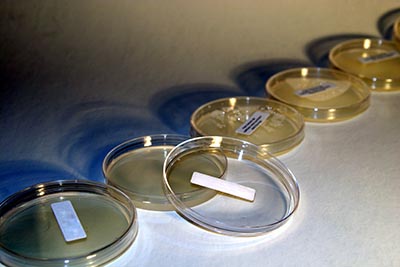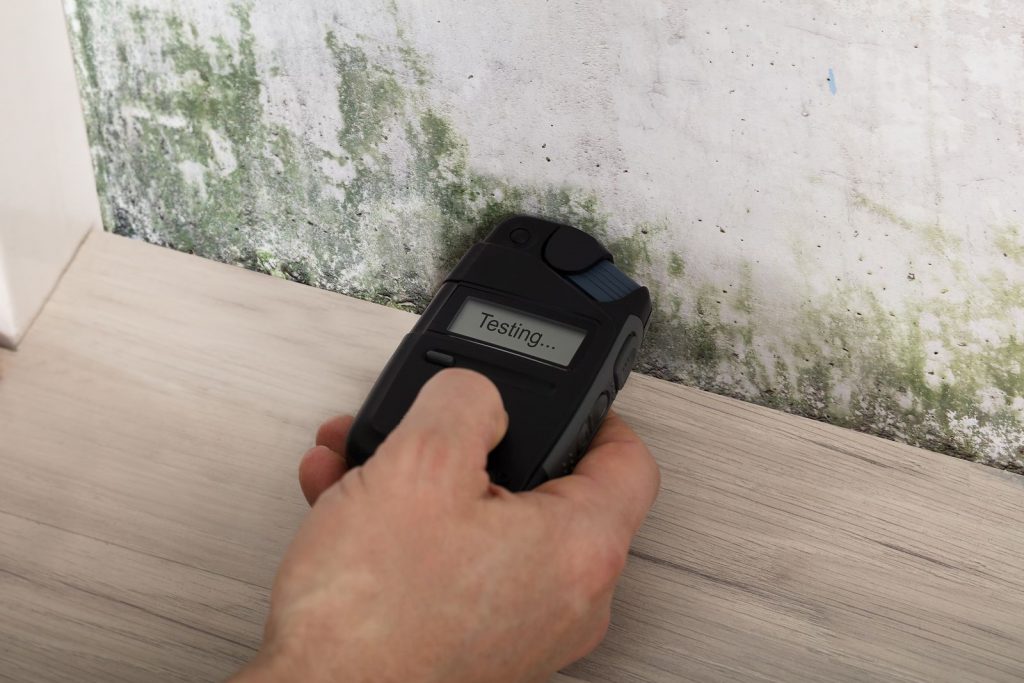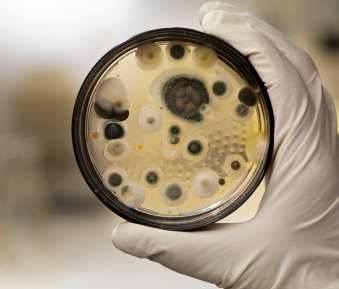Unless you're a biologist, you probably don't look forward to finding mold. It's unpleasant, unsanitary, and causes health problems. Once mold starts to grow in your building, it won't stop. You have to get rid of all the mold. Otherwise, you've got a problem that can last for decades. The good news is that you can do something about it. Fixing the problem starts with mold testing. If you've got a home or building in Long Beach, mold testing is especially important. Let's take a closer look to find out why.
Call to set an appointment: 888-217-2719
Mold Testing Long Beach
Why get mold testing? Because Long Beach's weather makes it necessary. We love living and working near the beach, but the dampness from the sea gets into our homes and buildings. That sea breeze is amazing, but it gets into your house every time you open a door or window. If that dampness settles into your vents and walls, then it will activate mold spores and create a problem. We also get some dampness during the winter and a bit of humidity in the summer. If you've had a home or building in Long Beach for more than a few years, then it's time to test for mold.
Why else should you get mold testing? Because mold hides. Mold prefers dark and hidden places. You may have mold inside your walls, in your basement, and in your attic. A glance around your home or building won't tell you whether you have mold. A thorough testing process, however, will.
We should also mention that in addition to 'normal' Mold Testing we also undertake "Mold Clearance Testing" in the Orange County and the Long Beach area.
How to Compare Different Mold Testing and Mold Clearance Testing Methods and Services

VOC Testing in the Los Angles Region
If you suspect there might be mold in your home or workplace, it will be a good idea to hire a professional mold inspector for a thorough examination. What exactly does a mold test involve and how is it different from a mold clearance test?
A mold test entails investigating samples taken from the air or surfaces of the building to determine if there is any presence of mold. By conducting a mold test you can identify the source and extent of the mold issue. It will also assess any potential health risks if people come into contact with this mold. Additionally, such testing can help guide you in choosing a remediation approach if necessary.
In stark contrast, a mold clearance test aims to verify that any previous remediation efforts have been successful and that the levels of mold in the building now meet acceptable standards. Typically conducted after remediation has been carried out, this process involves gathering samples of air or bulk materials for comparison against pre-remediation samples. A mold clearance test is crucial for confirming that a mold problem has been resolved and ensuring that the building is safe for occupancy.
It's important to understand that both mold testing and mold clearance testing serve unique purposes. Mold testing is performed prior to remediation to identify the presence and type of molds, in a building. This information is crucial in determining the effective method for removing mold and preventing further damage. On the other hand, clearance testing for mold takes place after remediation to confirm that the mold has been successfully eliminated or reduced to safe levels. This validation process ensures that the remediation was effective and provides data that can be compared with the per-remediation results.
As you can easily see, both mold testing and mold clearance testing play different roles in addressing a mold problem. By engaging the services of a mold inspector, you can ensure a thorough inspection, proper remediation and safe elimination of any potential hazards caused by mold. If you need assistance with either mold testing or mold clearance testing, please don't hesitate to contact us today for a consultation.
Who Should Get Mold Testing?
Who needs mold testing? Every home and building can benefit from mold testing once every few years, but some need it more than others. If you own a commercial building, you should absolutely have that building tested. Those who work in that building need a healthy environment. If someone in your home or building has allergies, asthma, or immunity issues, you should test for mold. Finally, if you're buying or selling a home or building, now would be a great time for mold testing.

Living room
After finishing a mold remediation project but before removing the containment and air-scrubbing equipment, a Mold Clearance Testing or Post-remediation Verification should be undertaken. This is a type of mold inspection ensures that the remediation followed the correct industry-accepted standards. The Mold Clearance Testing includes visual examination of the treated area, assessment of moisture control strategy, odor identification and a repetition of the initial mold tests with a detailed report of the results.
My Home Has Mold. Now What?
If your mold tester found a lot of mold in your house, don't panic. First, if you used an unbiased mold tester (i.e. one that isn't connected to any remediation service), then he or she can offer advice on what to do next. For an extensive mold problem, you can hire a cleanup service. You can also prevent further mold by keeping your vents clean, using a dehumidifier, and making sure that the air in your house or building flows freely. As long as you start with testing, you'll be empowered to keep your spaces clean and safe.
Keep in mind we are also the premier provider for Indoor Air Quality testing in the Los Angeles and San Francisco regions.
In addition to Mold Testing and Indoor Air Quality testing in Long Beach, we also serve the surrounding communities, including the following cities: Carson, Lakewood, Cerritos, Cypress, Seal Beach, lomita, Hawaiian Gardens, Artesia, Los Alamitos and Rossmoor.





